UHF Label
UHF labels are a type of RFID label that utilizes Ultra-High Frequency (UHF) radio waves to transmit data.
They are essentially adhesive tags with an embedded UHF RFID chip and antenna, often used for tracking and identifying items.
Here’s a more detailed explanation:
-
RFID Technology:RFID (Radio Frequency Identification) labels use radio waves to automatically identify and track tags attached to objects.
-
UHF Frequency:UHF labels operate within the Ultra-High Frequency range (300 MHz to 3 GHz), with most operating between 860-960 MHz.
-
Components:A UHF RFID label consists of a chip (containing the item’s identification data) and an antenna, all encased within a label.
-
Applications:They are commonly used in various applications like:
- Supply chain management: Tracking goods from manufacturing to retail.
- Inventory control: Managing stock levels and reducing manual counting.
- Retail item-level tracking: Monitoring individual products for theft prevention or inventory accuracy.
- Asset tracking: Managing and locating physical assets like IT equipment or tools.
- Sports timing: Tracking participants in races or other events.
- Supply chain management: Tracking goods from manufacturing to retail.
-
Advantages:Compared to other RFID technologies, UHF offers:
- Longer read range: UHF tags can be read from a greater distance than some other RFID types.
- Faster read rates: UHF readers can typically read multiple tags simultaneously at higher speeds.
- Lower cost: UHF tags are generally more cost-effective than some other RFID tag types, making them suitable for large-scale deployments.
- Longer read range: UHF tags can be read from a greater distance than some other RFID types.
-
Labels vs. Hard Tags:UHF RFID labels are typically thinner and more cost-effective than UHF hard tags, which are designed for more durable applications.

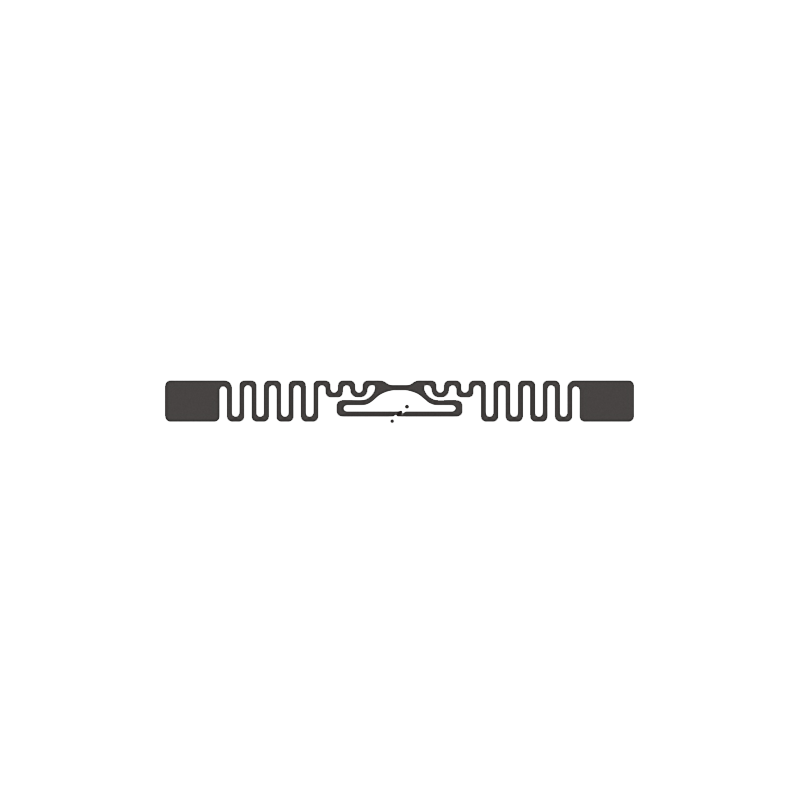
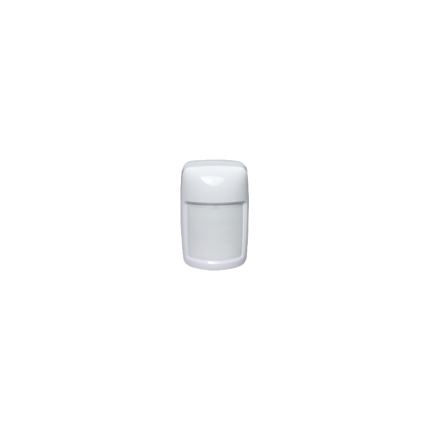
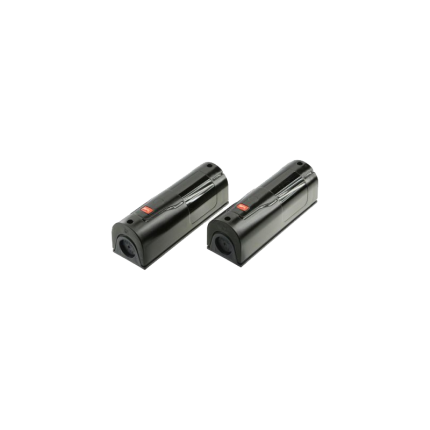
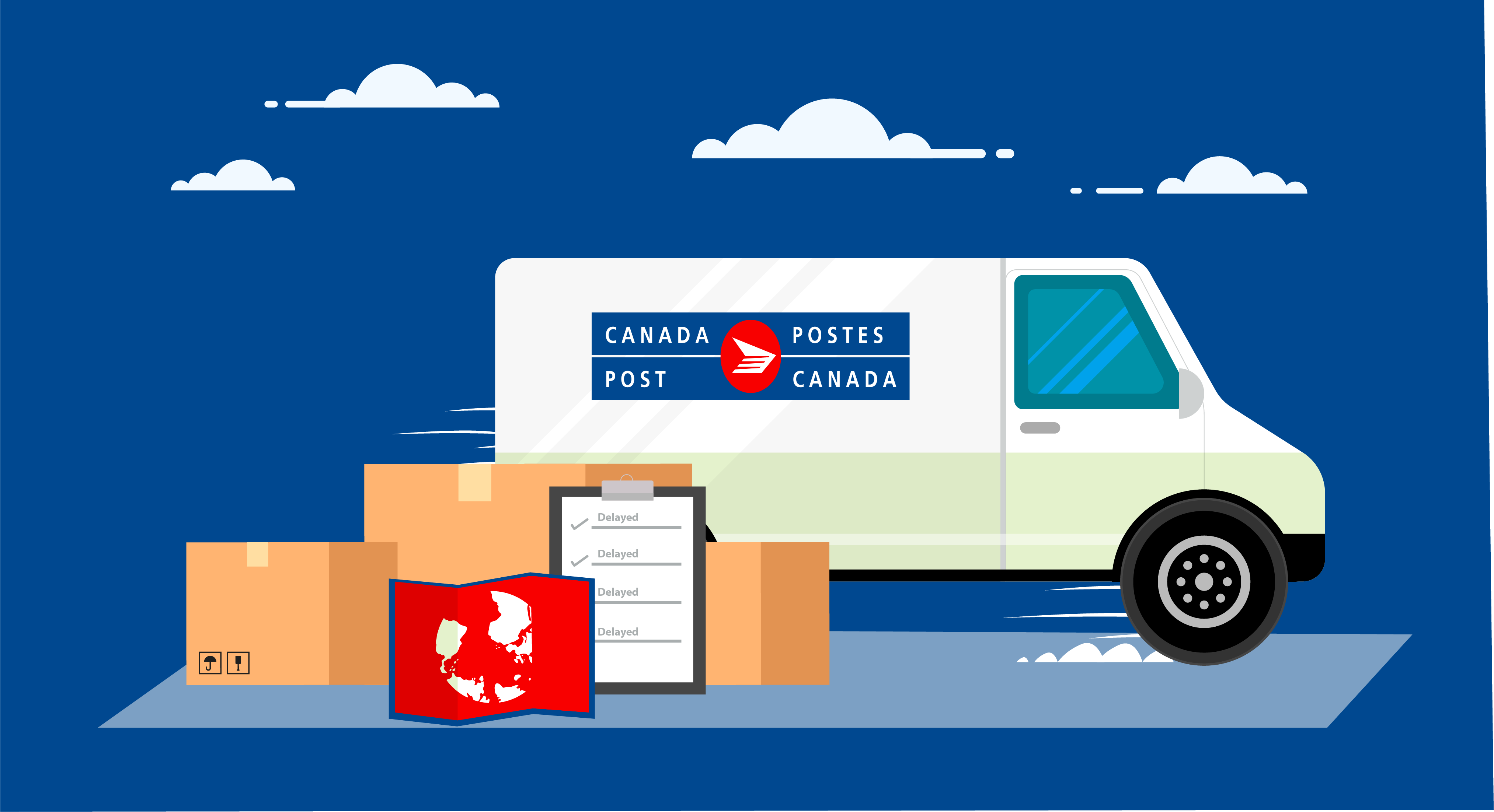
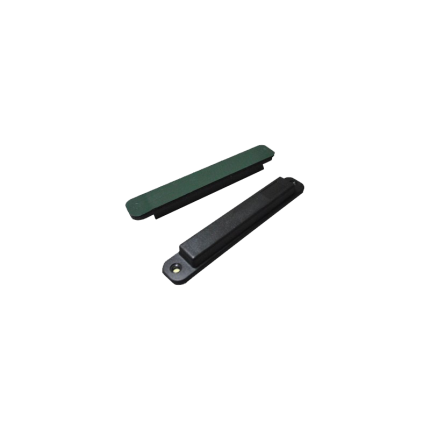
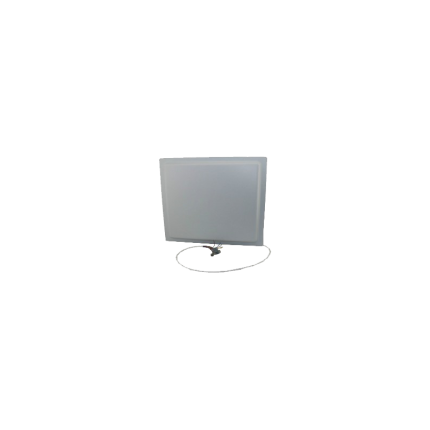
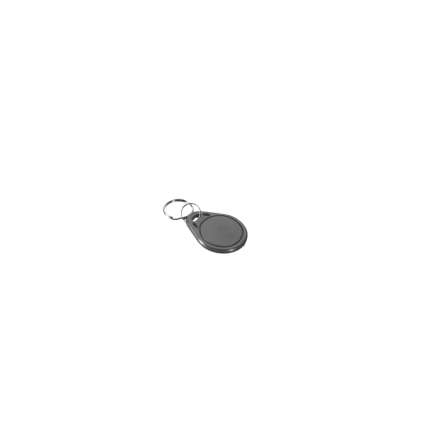
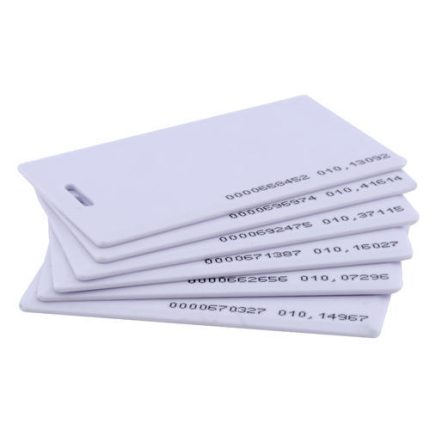
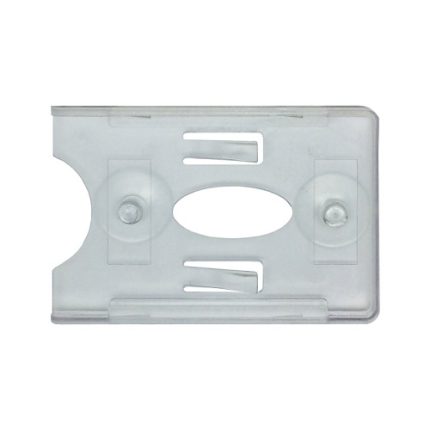
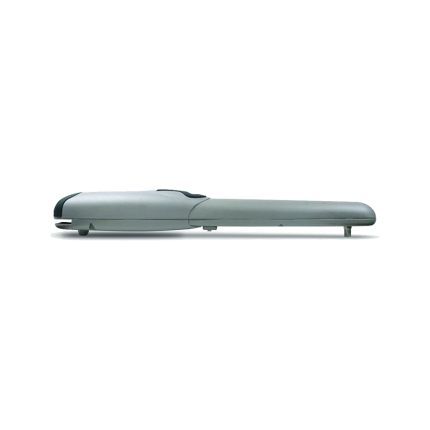
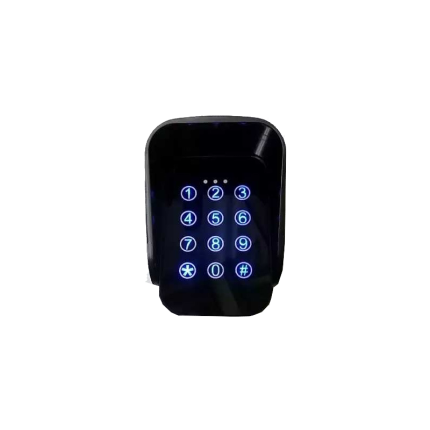
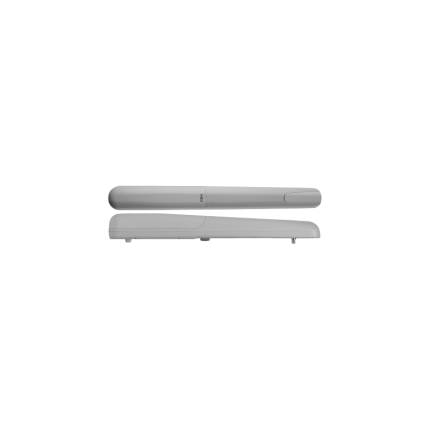
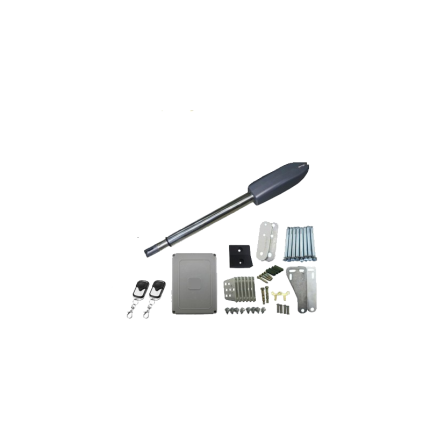
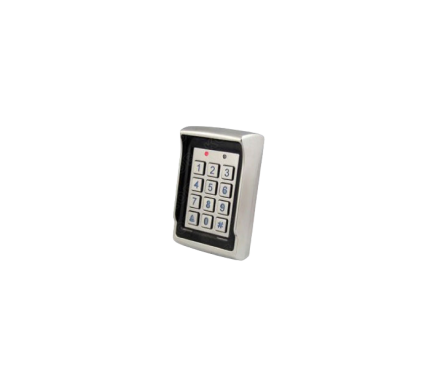
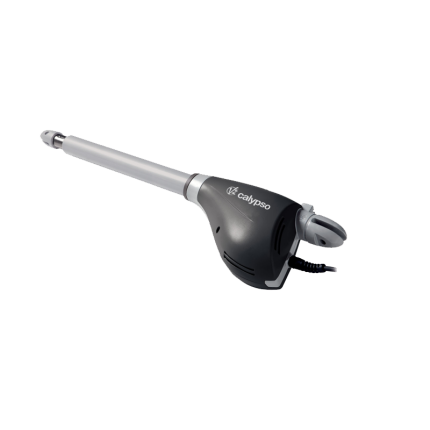
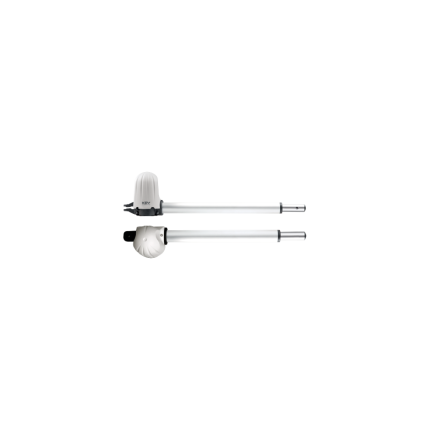
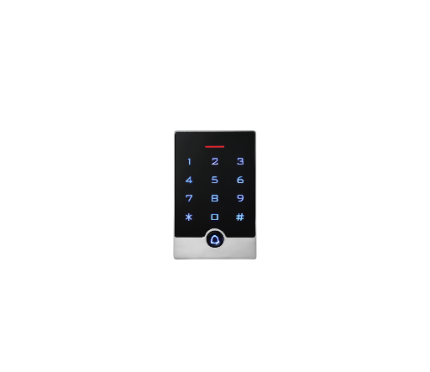
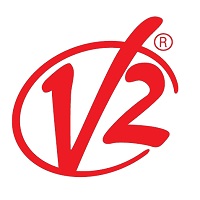
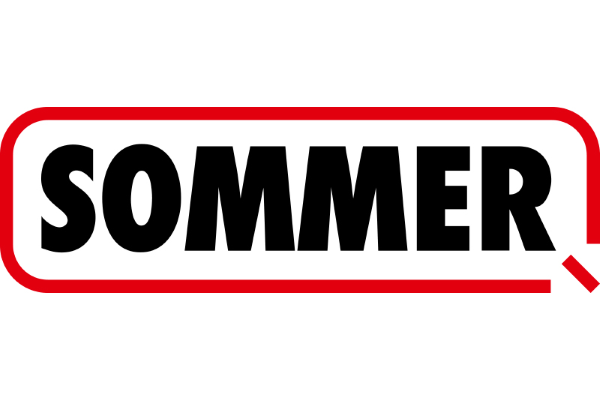
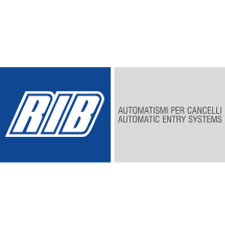
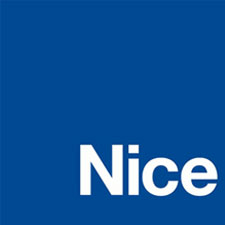
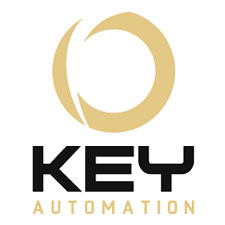
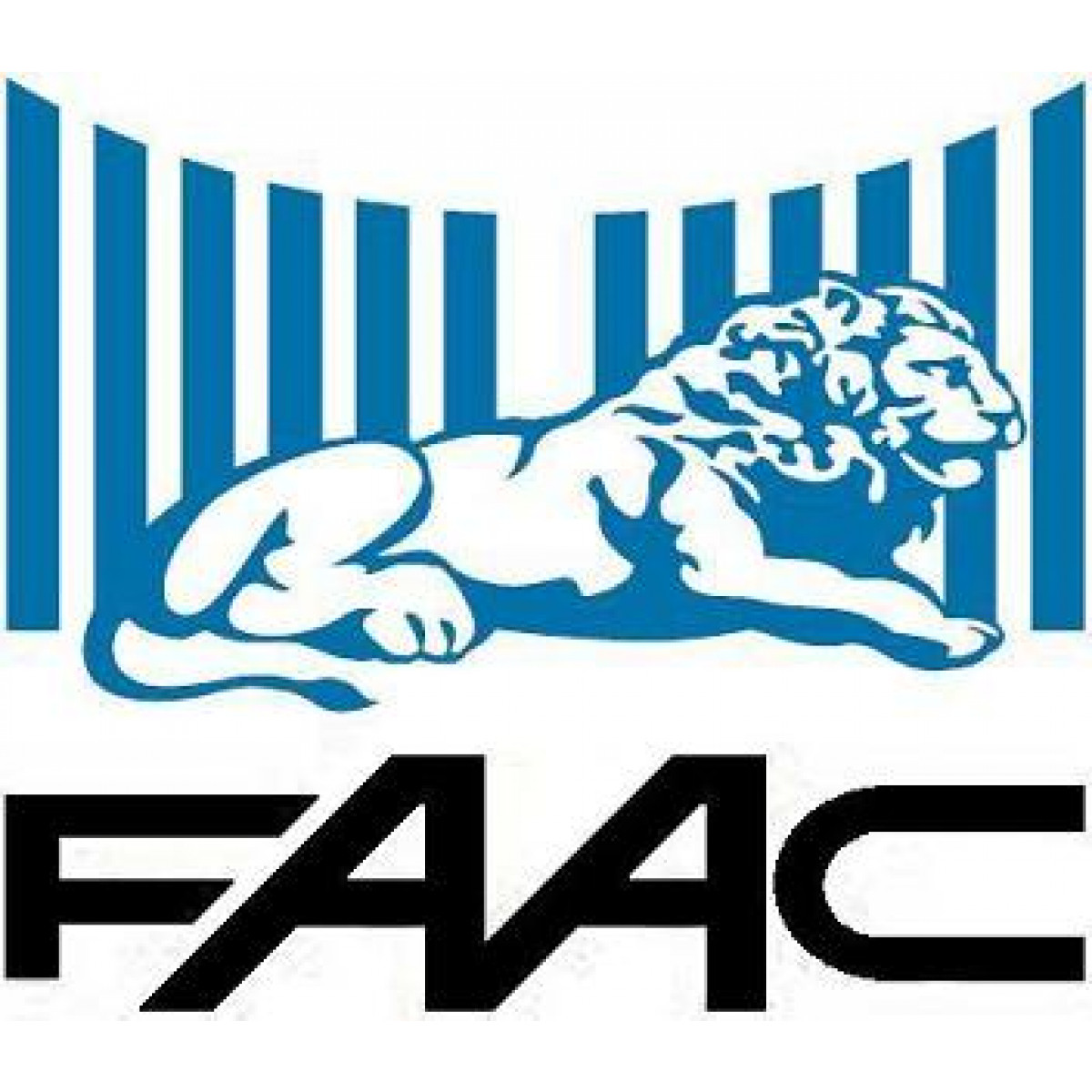

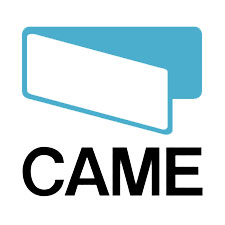

Reviews
There are no reviews yet.